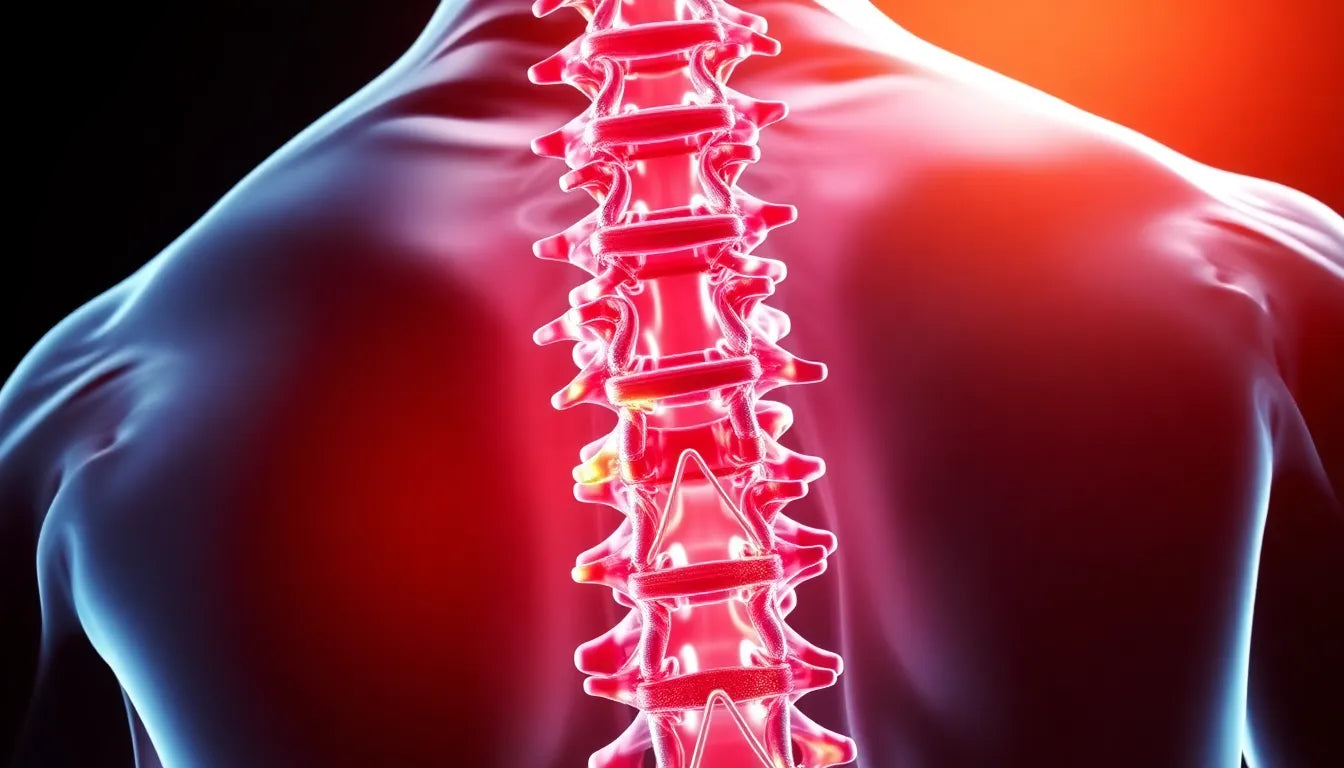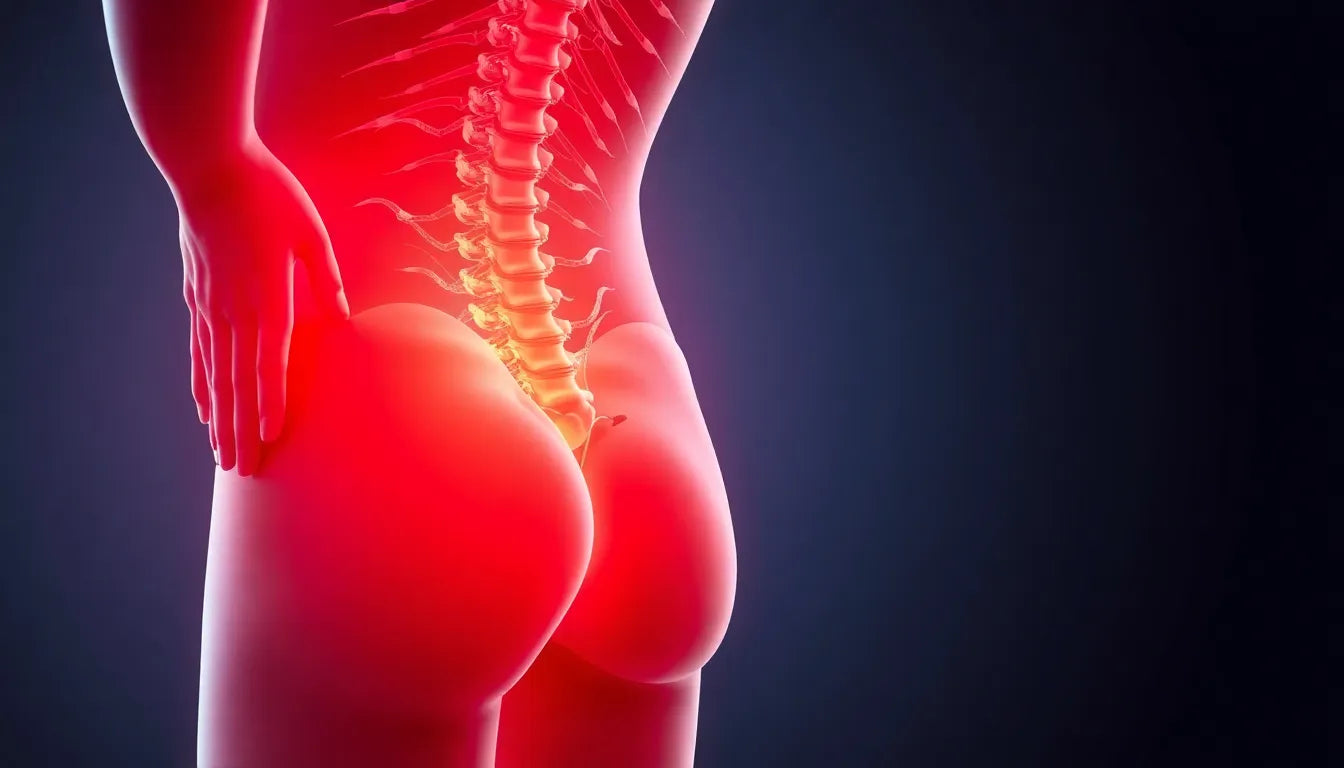Dealing with a herniated disc can be a daunting experience, yet understanding what it is and how it affects your body is the first step toward finding relief. A herniated disc occurs when the soft, gel-like center of a spinal disc pushes through a crack in the tougher exterior casing. This can irritate nearby nerves, leading to symptoms such as pain, numbness, and weakness, particularly in the arms or legs, depending on the location of the herniation. Recognizing these symptoms early and seeking appropriate treatment is crucial to prevent long-term complications and to improve your overall quality of life.
the journey to relief
Finding the right treatment for a herniated disc is a journey that varies for each individual, primarily influenced by the severity of the condition and the specific needs of the patient. Treatment options generally fall into two categories: non-surgical and surgical interventions. Non-surgical treatments are often the first line of defense, focusing on alleviating symptoms and promoting healing through conservative methods. These might include pain management strategies, physical therapy, and lifestyle adjustments. On the other hand, surgical options are considered when conservative treatments fail to provide relief or when the condition significantly impairs daily function.
Exploring both conservative and surgical treatments provides hope and guidance for those suffering from this condition. Each treatment path offers unique benefits and considerations, emphasizing the importance of a personalized approach. By understanding the range of available treatments, individuals can make informed decisions about their health and work towards a pain-free future. In the following sections, we will delve deeper into these treatment options, offering insights and practical advice for managing a herniated disc effectively.
non-surgical treatment options for herniated discs
When dealing with a herniated disc, non-surgical treatments often serve as the first line of defense. These conservative methods focus on alleviating symptoms and promoting healing without the need for invasive procedures. Let's explore the various non-surgical options available for managing a herniated disc.
pain management strategies
Effective pain management is crucial in treating herniated discs. Over-the-counter pain relievers such as ibuprofen and acetaminophen are commonly recommended to help reduce pain and inflammation. For those requiring stronger relief, prescription medications, including muscle relaxants and nerve pain medications, can be beneficial. These medications work by relaxing tense muscles and targeting nerve-related pain, providing much-needed relief to patients.
physical therapy benefits
Physical therapy plays a vital role in the conservative treatment of herniated discs. Through tailored exercises and techniques, physical therapists aim to strengthen back muscles, improve flexibility, and promote proper body mechanics. Patients may engage in specific exercises like stretching, core strengthening, and low-impact aerobic activities. These exercises help alleviate pressure on the spine, enhance mobility, and prevent future injuries.
hot and cold therapy
Alternating between hot and cold therapy is a simple yet effective method for managing herniated disc symptoms. Cold therapy, such as ice packs, can reduce inflammation and numb the affected area, providing immediate relief from pain. On the other hand, heat therapy, like warm compresses or heating pads, improves blood flow and relaxes tense muscles. To apply these therapies effectively at home, use a cold pack for 15-20 minutes followed by a warm compress for another 15-20 minutes, ensuring a balanced approach to pain relief.
rest and activity modification
While rest is essential for recovery, prolonged bed rest can be counterproductive. Instead, selective rest combined with activity modification is recommended. Patients should avoid activities that exacerbate symptoms, such as heavy lifting or prolonged sitting. Incorporating gentle movements and maintaining a regular routine can prevent muscle stiffness and support the healing process.
steroid injections
Corticosteroid injections are another non-surgical option for reducing inflammation and pain in the affected area. These injections deliver powerful anti-inflammatory medication directly to the site of the herniation, providing significant relief for many patients. However, it's important to note that while steroid injections can be effective, their benefits may be temporary, and they are usually part of a broader treatment plan.
exploring alternative therapies
In addition to traditional treatments, many patients find relief through alternative therapies such as acupuncture, massage therapy, yoga, and Pilates. These complementary approaches can enhance the overall treatment plan by reducing stress, improving flexibility, and promoting relaxation. It's essential to discuss these options with a healthcare provider to ensure they complement the primary treatment strategy effectively.
surgical options for herniated discs
When non-surgical treatments fail to provide adequate relief, surgical intervention may be necessary. The decision to undergo surgery depends on various factors, including the severity of symptoms and the patient's overall health. Let's explore some common surgical options for herniated discs.
microdiscectomy procedure
Microdiscectomy is often considered the "gold standard" for herniated disc surgery. This minimally invasive procedure involves removing the herniated portion of the disc to relieve pressure on the affected nerve. The recovery process is typically quicker compared to traditional open surgery, with many patients experiencing significant pain relief and improved mobility shortly after the procedure.
lumbar laminectomy explained
For patients experiencing severe nerve compression, a lumbar laminectomy may be recommended. This procedure involves removing part or all of the lamina, the back part of the vertebra covering the spinal canal, to relieve pressure on the spinal cord or nerve roots. The goal is to create more space for the nerves, alleviating pain and improving function.
disc replacement and spinal fusion
In cases where maintaining spinal mobility is a priority, artificial disc replacement may be an option. This procedure involves replacing the damaged disc with an artificial one, preserving movement between the vertebrae. Alternatively, spinal fusion may be considered for recurrent herniations with instability. This involves removing the entire disc and fusing the adjacent vertebrae, providing stability but limiting motion in that segment of the spine.
Choosing the right treatment for a herniated disc requires careful consideration of the patient's needs and preferences. By understanding the range of available options, individuals can work with their healthcare providers to develop a personalized treatment plan that offers the best chance for recovery and a return to normal activities.
making informed surgical decisions
Deciding on surgical intervention for a herniated disc involves weighing several factors, including the severity of symptoms, the impact on daily life, and the individual's overall health. It's crucial to collaborate with healthcare professionals to develop a personalized treatment plan that aligns with your specific needs and goals. Patient preferences, such as the desire to maintain spinal mobility or prioritize a quicker recovery, play a significant role in determining the best surgical approach.
Advanced imaging techniques, such as MRI or CT scans, provide detailed insights into the condition of the spine and help guide surgical decisions. It's essential to have open discussions with your surgeon about the potential benefits and risks of each procedure. Understanding the expected outcomes, recovery timelines, and any possible complications can empower patients to make informed decisions about their treatment.
recovery and prevention strategies
Recovery from a herniated disc varies based on the chosen treatment approach. Non-surgical treatments may require several weeks to months of consistent effort to achieve significant relief, while surgical recovery typically progresses more rapidly. For instance, patients undergoing a microdiscectomy might resume normal activities within a few weeks, whereas spinal fusion may necessitate a longer healing period.
To support recovery and prevent recurrence, adopting lifestyle modifications is key. Maintaining a healthy weight, practicing good posture, and engaging in regular exercise can strengthen the back and reduce strain on the spine. Ergonomic solutions, such as supportive seating and proper workstation setups, can also play a crucial role in minimizing stress on the spine during daily activities.
Incorporating core-strengthening exercises and flexibility routines into your fitness regimen can enhance spinal stability and resilience. Additionally, avoiding smoking and managing stress through relaxation techniques can further contribute to spinal health and overall well-being.
frequently asked questions
What are the first steps to take if I suspect I have a herniated disc?
Consult a healthcare provider for a proper diagnosis and personalized treatment plan. Early intervention can significantly impact your recovery process and help prevent further complications.
How long does it take to recover from a herniated disc?
Recovery time varies based on treatment type and individual factors, ranging from weeks to several months. Non-surgical approaches may require more time and patience, while surgical recovery can be quicker but involves its own considerations.
Are there any risks associated with surgical treatments?
As with any surgery, there are risks, including infection, bleeding, and nerve damage. However, these risks are generally low with modern techniques and can be minimized through careful surgical planning and postoperative care.
Can lifestyle changes help manage herniated disc symptoms?
Yes, maintaining a healthy weight, practicing good posture, and engaging in regular exercise can help manage symptoms and prevent recurrence. These lifestyle modifications support overall spinal health and enhance recovery outcomes.
Is it possible to fully recover from a herniated disc without surgery?
Many individuals recover with non-surgical treatments, but the outcome depends on the severity of the condition and adherence to the treatment plan. Consistent effort and a comprehensive approach can lead to significant improvement and symptom relief.
Sources
- Mayo Clinic. "Herniated Disk: Diagnosis and Treatment."
- Cleveland Clinic. "Herniated Disc."
- Sciatica.com. "Herniated Disc Surgery Options."
- NYU Langone Health. "Herniated Disc Treatments."
- Cuellar Spine. "Herniated Disc Treatment."
- Spine-health. "Herniated Disc Treatment Options."
- NCBI/PMC. "Systematic Review of Herniated Disc Treatments."


















